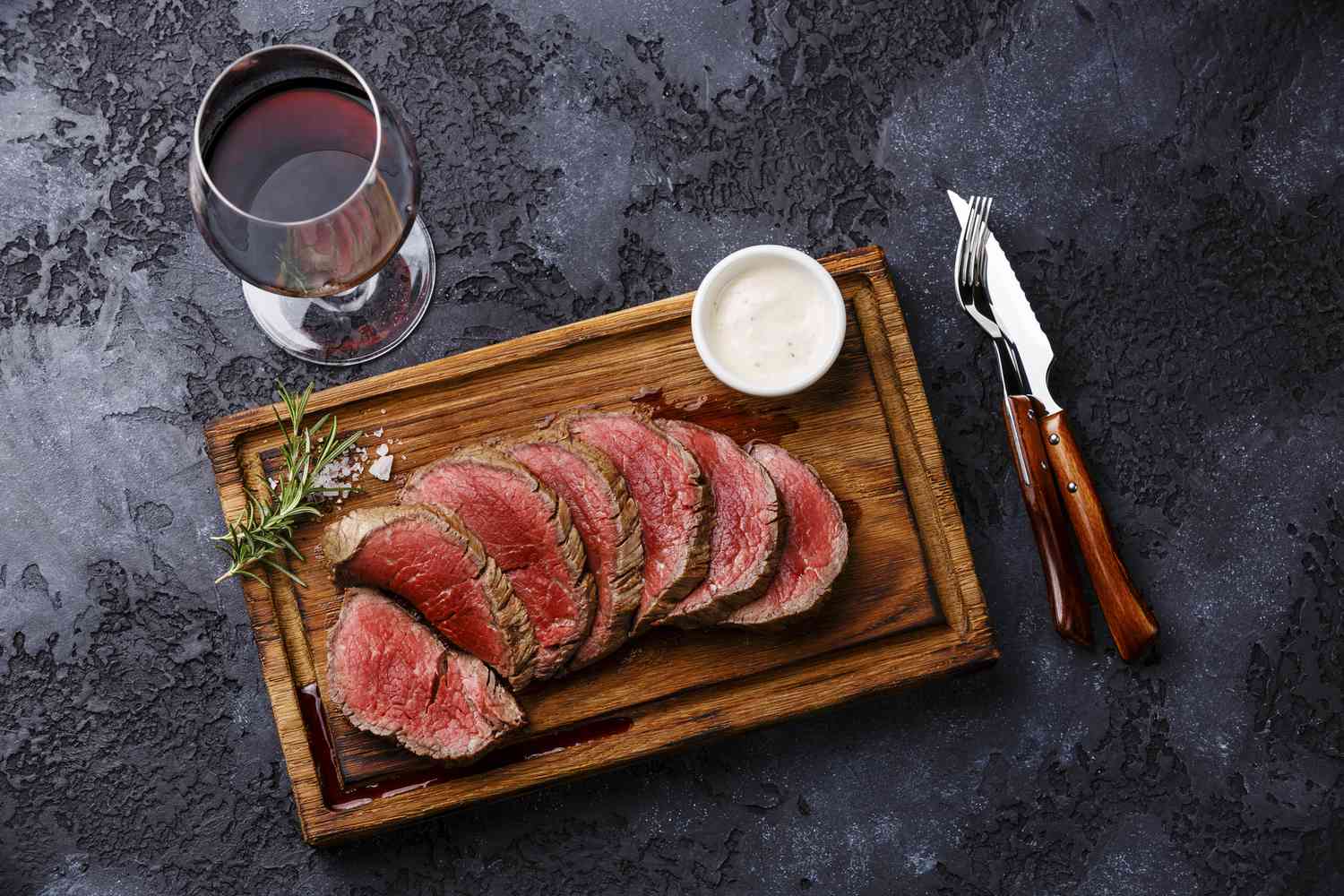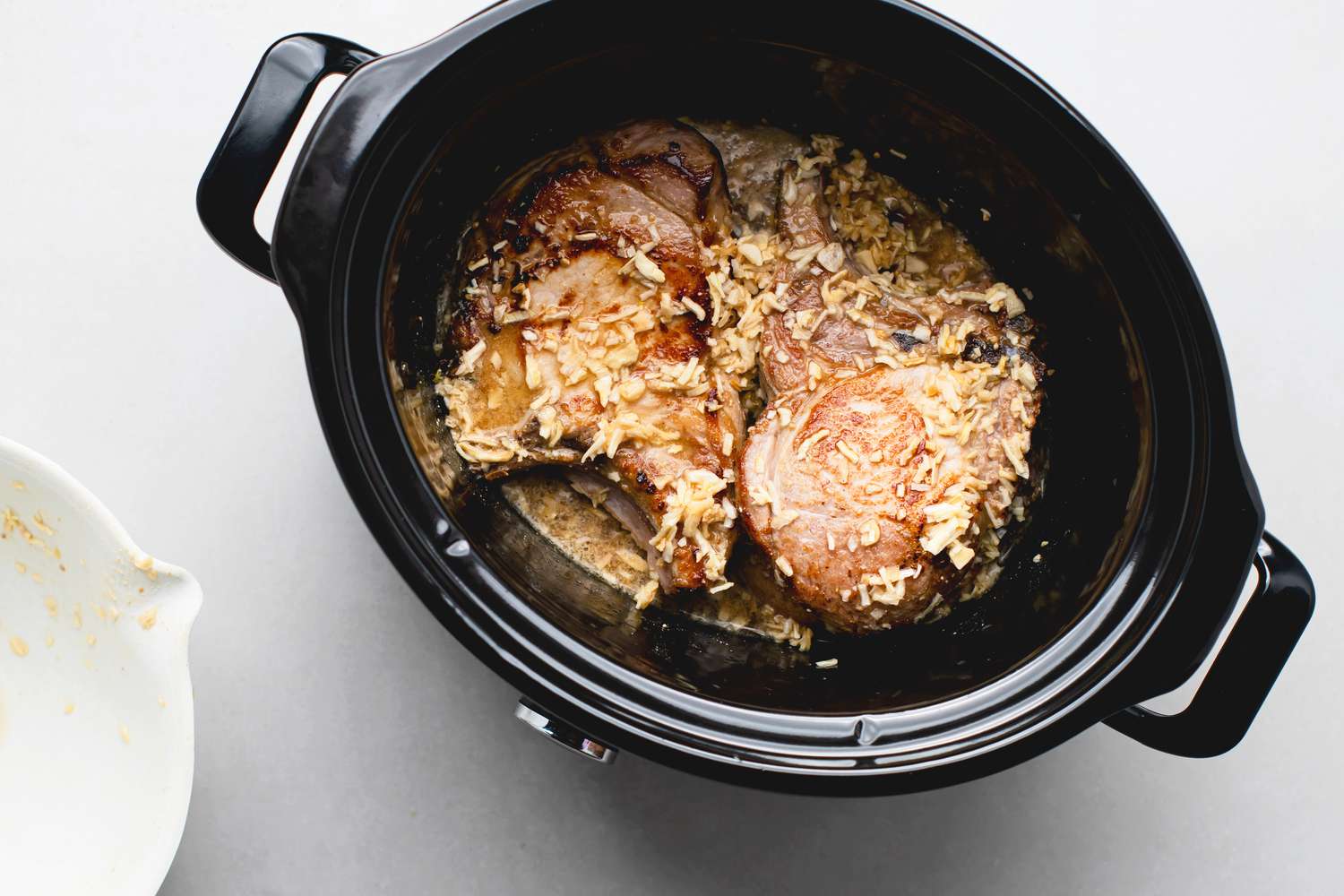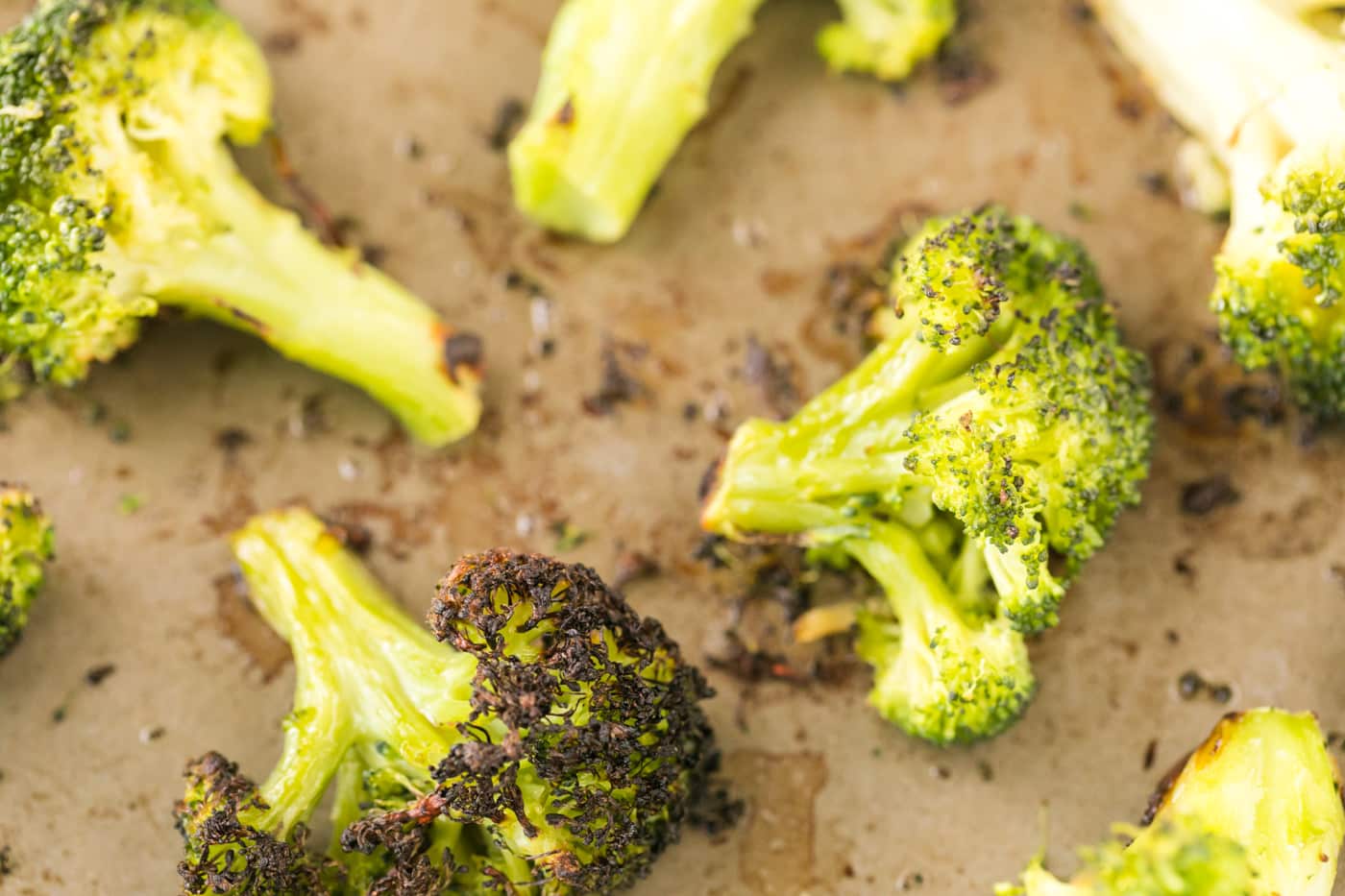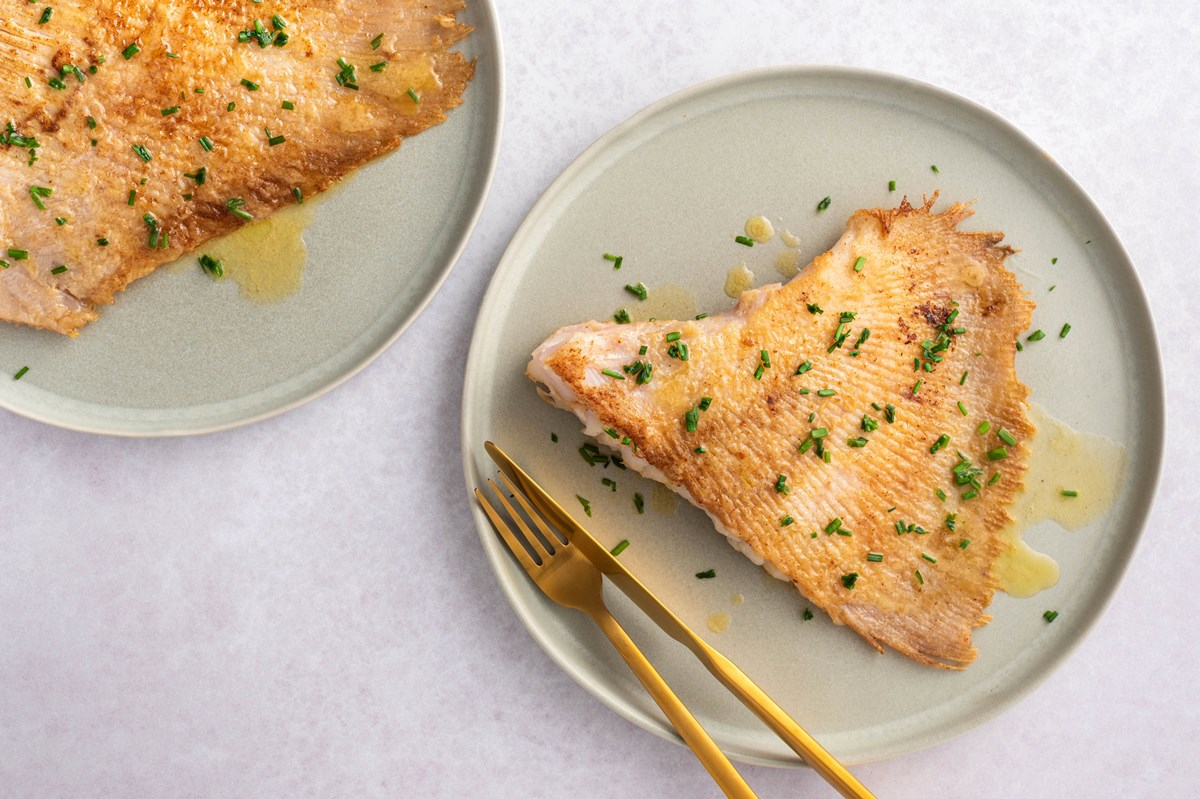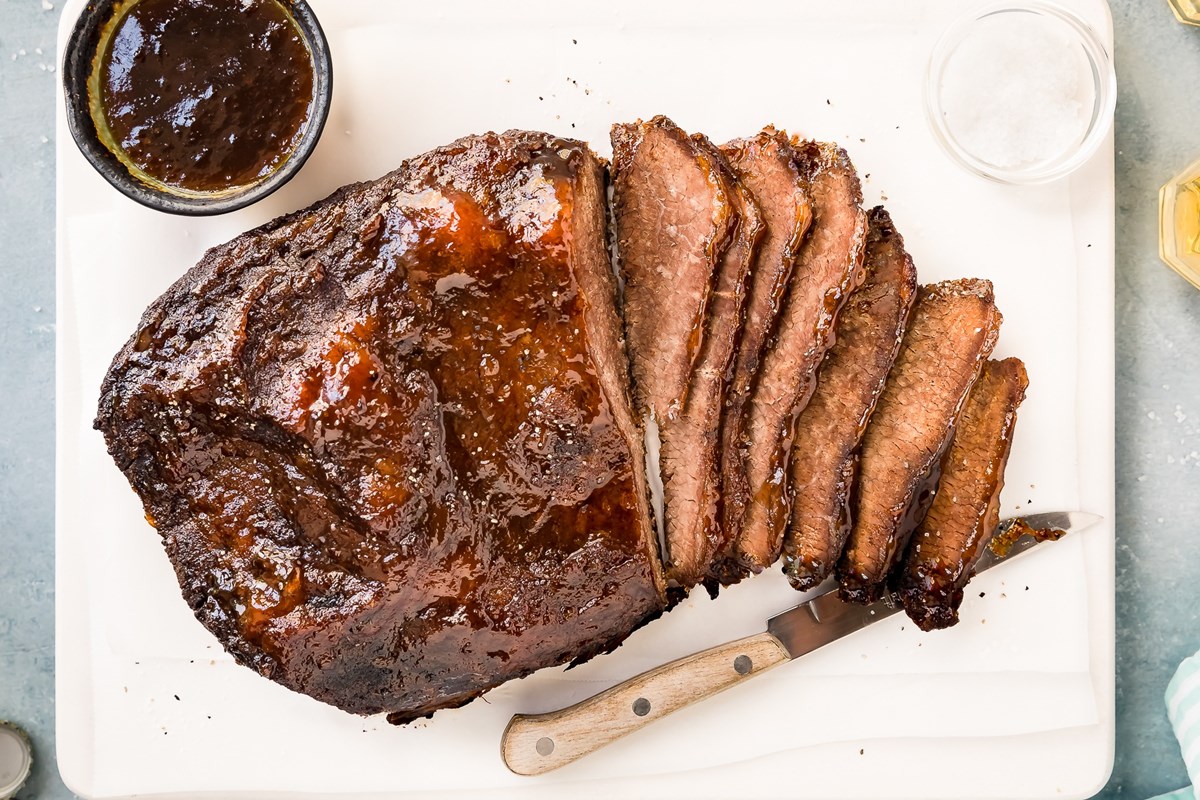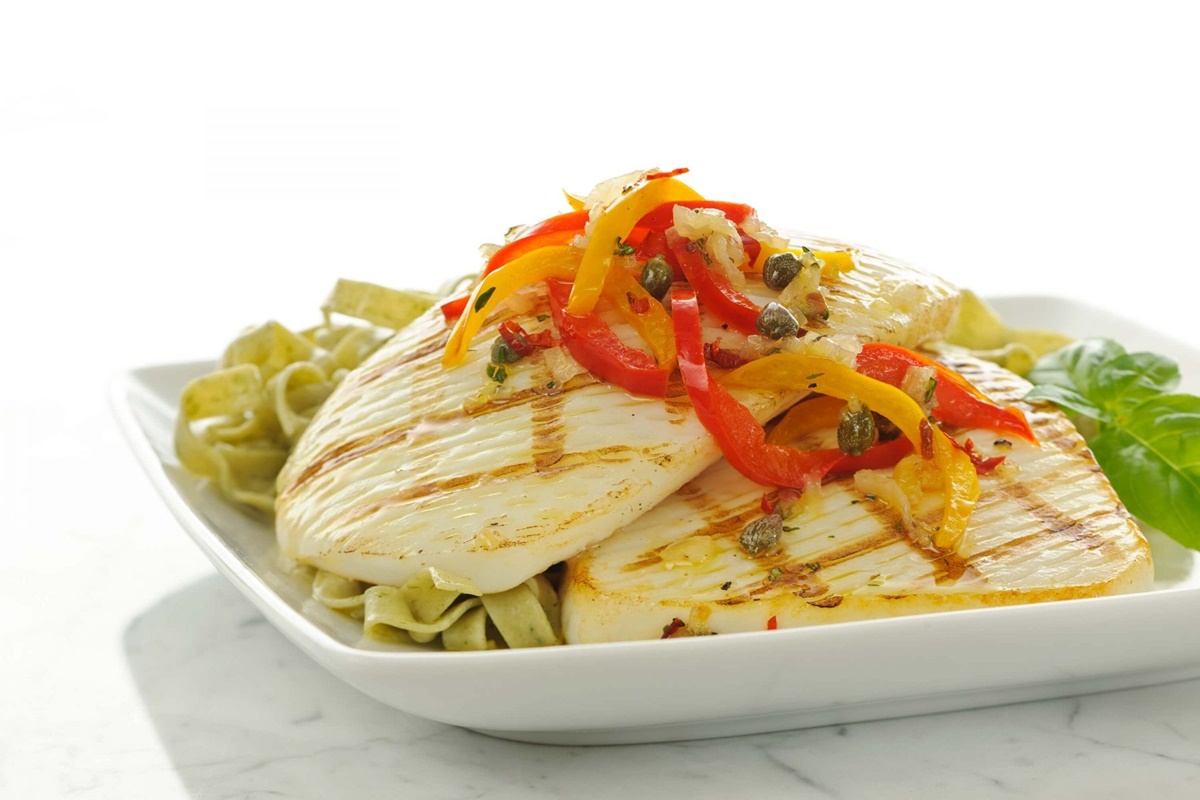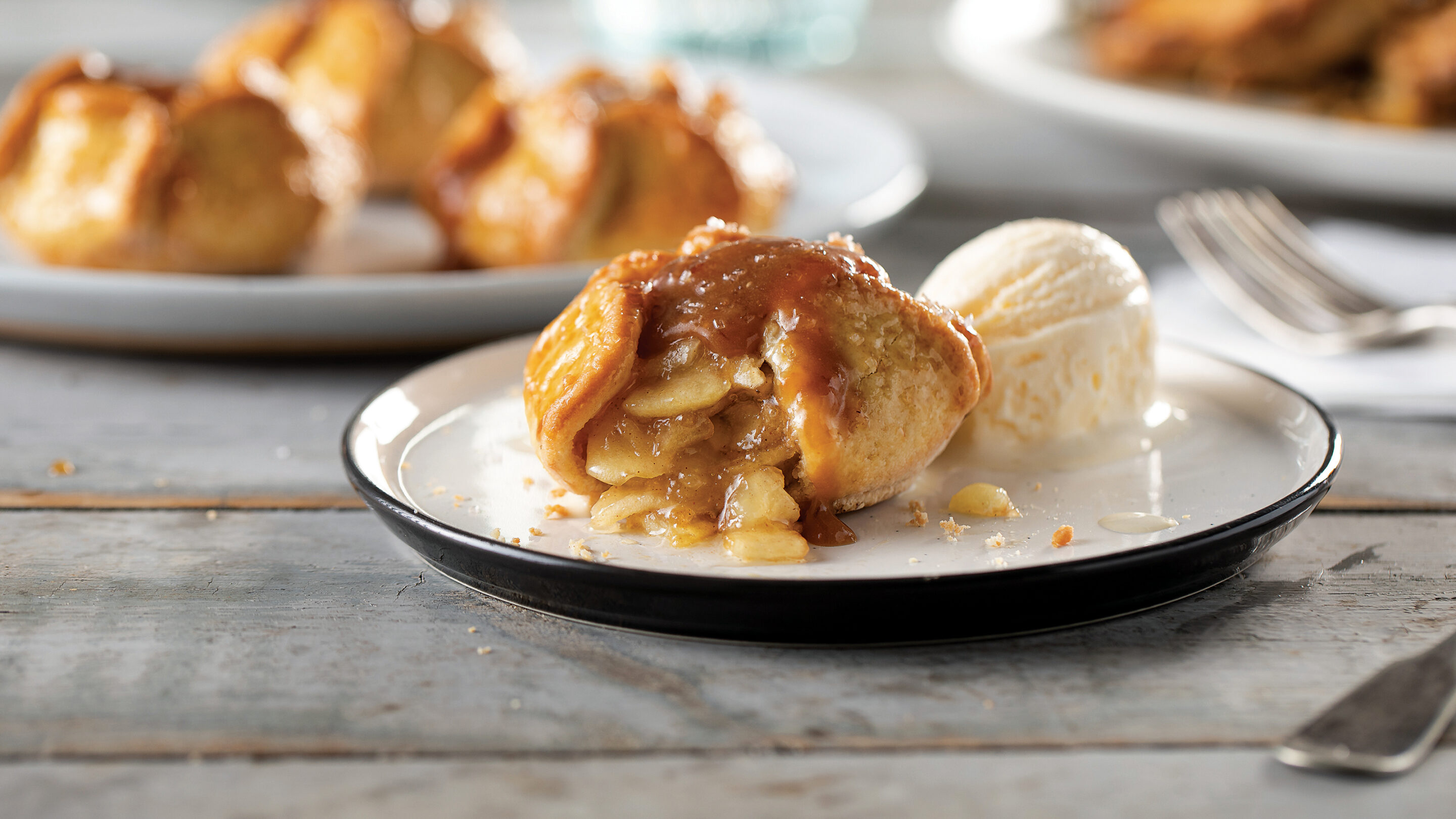How To Cook Smoked Turkey Legs In The Oven
Are you craving a flavorful and juicy smoked turkey leg, but don’t have access to a smoker? No worries! In this guide, we will show you how to achieve that smoky goodness right in your own oven.
Ingredients:
- 2 turkey legs
- 3 tablespoons of olive oil
- 2 teaspoons of paprika
- 1 teaspoon of garlic powder
- 1 teaspoon of onion powder
- 1 teaspoon of dried thyme
- 1 teaspoon of dried rosemary
- 1 teaspoon of salt
- 1/2 teaspoon of black pepper
Instructions:
- Preheat your oven to 325°F (165°C).
- Prepare the turkey legs by patting them dry with paper towels. This will help the seasonings adhere better.
- In a small bowl, mix together the olive oil, paprika, garlic powder, onion powder, dried thyme, dried rosemary, salt, and black pepper. This flavorful blend of spices will give your turkey legs that smoky taste.
- Using a brush or your hands, generously coat the turkey legs with the spice mixture, making sure to cover all sides.
- Place the turkey legs on a baking sheet lined with parchment paper or aluminum foil. This will make for easy cleanup later on.
- Insert a meat thermometer into the thickest part of one of the turkey legs, avoiding contact with the bone. This will help you monitor the internal temperature and ensure they are fully cooked.
- Place the baking sheet in the preheated oven and let the turkey legs cook for approximately 2 to 2.5 hours. Cooking times may vary, so it’s important to rely on the meat thermometer. The turkey legs are done when the internal temperature reaches 165°F (74°C).
- Once the turkey legs have reached the desired temperature, remove them from the oven and let them rest for 5 minutes.
- Now, your delicious smoked turkey legs are ready to be enjoyed! Serve them with your favorite sides like mashed potatoes, roasted vegetables, or cornbread.
Now you don’t need a fancy smoker to enjoy the rich flavors of smoked turkey legs. With just a few simple steps and ingredients, you can make tender and succulent turkey legs right in your oven. So, what are you waiting for? Fire up that oven and get ready to savor the smoky goodness!
More Delicious Recipes for Smoked Turkey Legs
Now that you've mastered cooking smoked turkey legs in the oven, it's time to experiment with a variety of flavors and techniques. From the sweet allure of Sweet and Smoky Turkey Legs with Maple Glaze to the fiery kick of Spicy Smoked Turkey Legs with Hot Sauce Marinade, these recipes offer a delightful array of tastes. For a more global twist, try the Caribbean-Inspired Smoky Turkey Legs with Jerk Seasoning or the aromatic Moroccan Smoked Turkey Legs with Ras el Hanout. These dishes not only showcase your new skills but also bring a world of flavors right to your dinner table. I recommend starting with the Oven-Smoked Turkey Legs with Barbecue Glaze for its classic and universally appealing taste that is sure to impress.
Was this page helpful?
Read Next: How To Cook Beef Kabobs In The Oven
